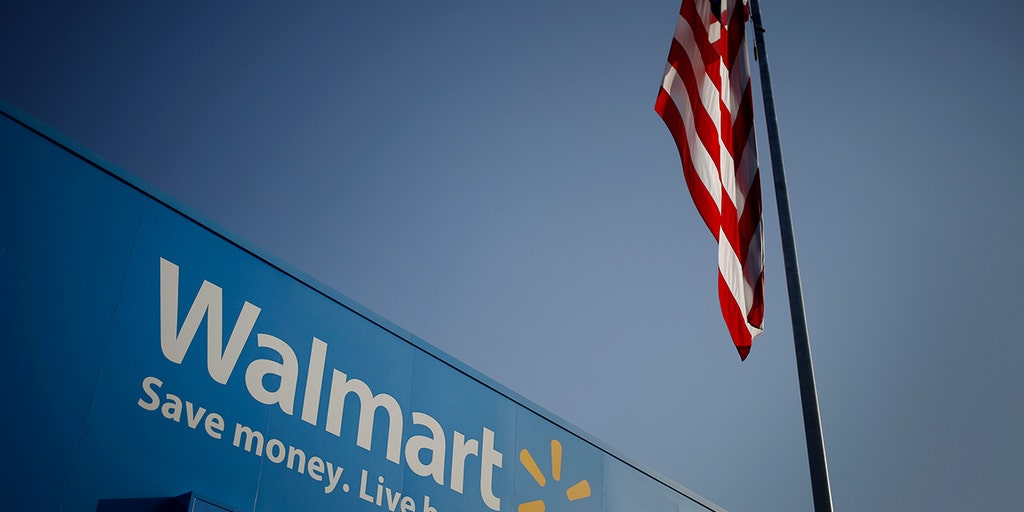Luxury on a Budget: How Costco and Walmart Are Winning Over High-End Shoppers

In a strategic shift that's reshaping retail dynamics, Walmart and Costco are actively courting a more affluent customer base, transforming their traditional image of budget-focused shopping destinations. Walmart, in particular, has been methodically expanding its appeal to higher-income consumers over the past several years.
The retail giants are implementing sophisticated strategies to attract more upscale shoppers, including curating premium product lines, enhancing store aesthetics, and offering a more refined shopping experience. By introducing higher-end merchandise, improving store layouts, and focusing on quality alongside affordability, these retailers are successfully bridging the gap between discount shopping and luxury consumer preferences.
Walmart's evolution has been especially noteworthy, with calculated moves to elevate its brand perception. The company has introduced designer collaborations, expanded its grocery offerings with organic and premium selections, and redesigned stores to create a more inviting and sophisticated shopping environment.
This strategic repositioning reflects a broader trend in retail, where traditional discount stores are no longer content with their previous market positioning. By targeting higher-income consumers while maintaining their core value proposition, Walmart and Costco are demonstrating remarkable adaptability in a competitive retail landscape.
